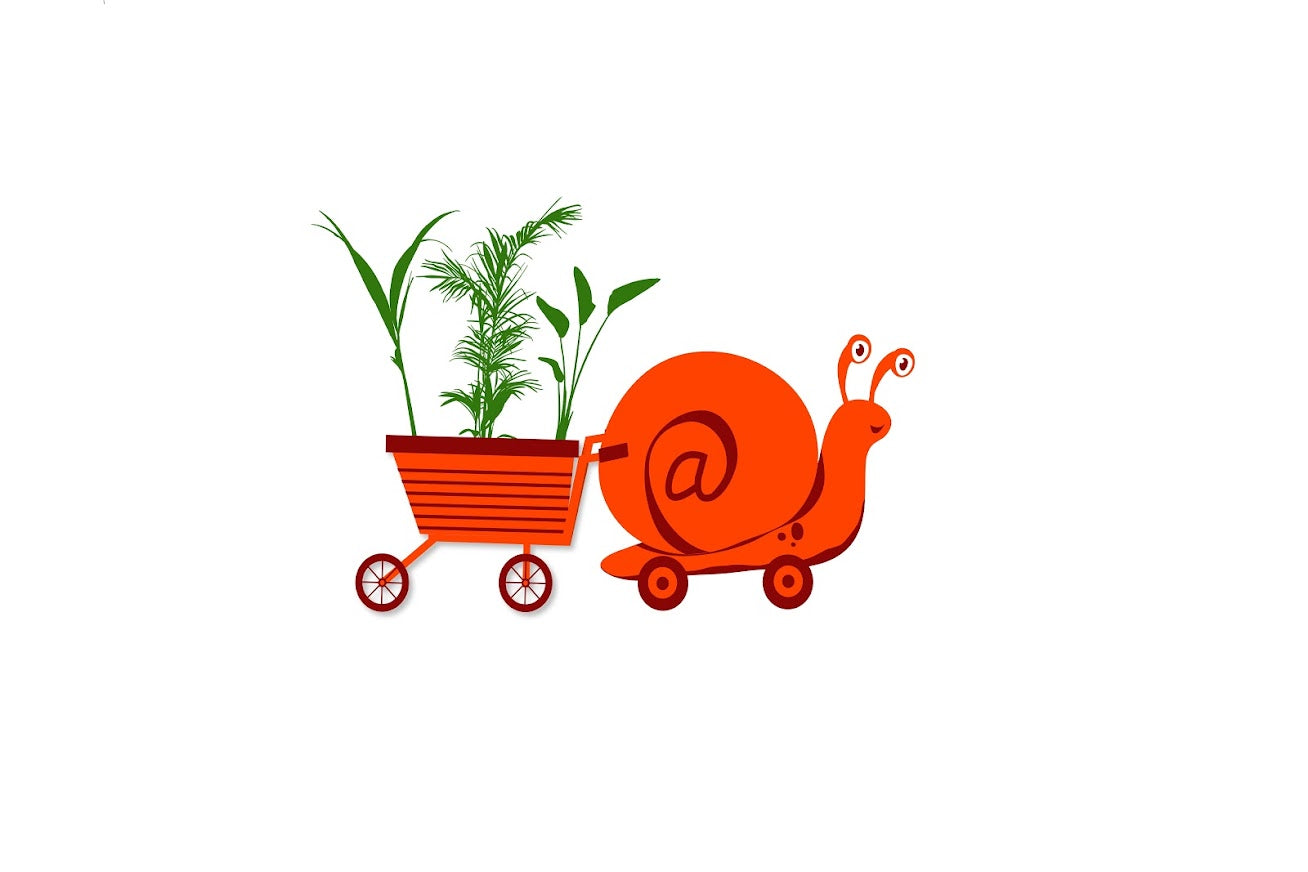The four rules of the green thumb

-
Light. It is important to evaluate the position of the plant in the house based on the type of plant we are going to put and the amount of light that favors its growth. An important element for well-being, it can sometimes become a negative factor. Placing plants near windows exposed to the sun causes damage without meaning to, in fact the glass can create a "lens effect" to the sun's rays, which risks burning the leaves. Or if it is placed in a semi-dark room, the plant may not flower because it has not received enough sunlight.
-
Humidity. as a general rule, watering must be regular and not excessive, in order not to create situations of water stagnation or excessive dryness of the soil. It is also important to use water poor in limestone and chlorine in order not to create excess salt in the soil which would cause the roots to die. There are plants (e.g. ferns) that prefer a lot of humidity so if placed in the bathroom they will certainly be more luxuriant.
- Fertilizers. Plants require all the nutrients, which are (in the case of a potted plant) generally supplied with fertilizers. If houseplants are never fertilized, or with fertilizations that are not suitable for the type of plant (e.g. tropical plants have a great need of nitrogen and microelements), there are alterations to the plant: such as the modest formation of flowers, branches with few leaves, thus depriving it of its ornamental beauty.
- Temperature. Indoor plants are usually tropical plants or in any case native to climates with high and constant temperatures. So the temperatures we have in our apartments are fine but mistakes that should be avoided are placing plants near direct heat sources (radiators, fireplaces, etc.), which would make the air too dry.
To have plants that thrive in our homes and that give us harmony, well-being and balance to the environment in which we live over the years, it is important to always keep in mind the type and quality of plant that you have in order to know how much light, humidity, water and temperature needs for his well-being.



